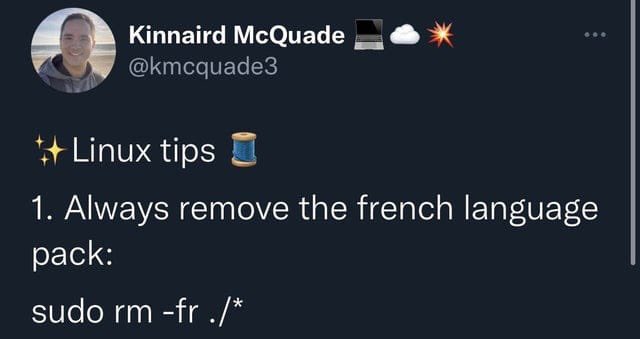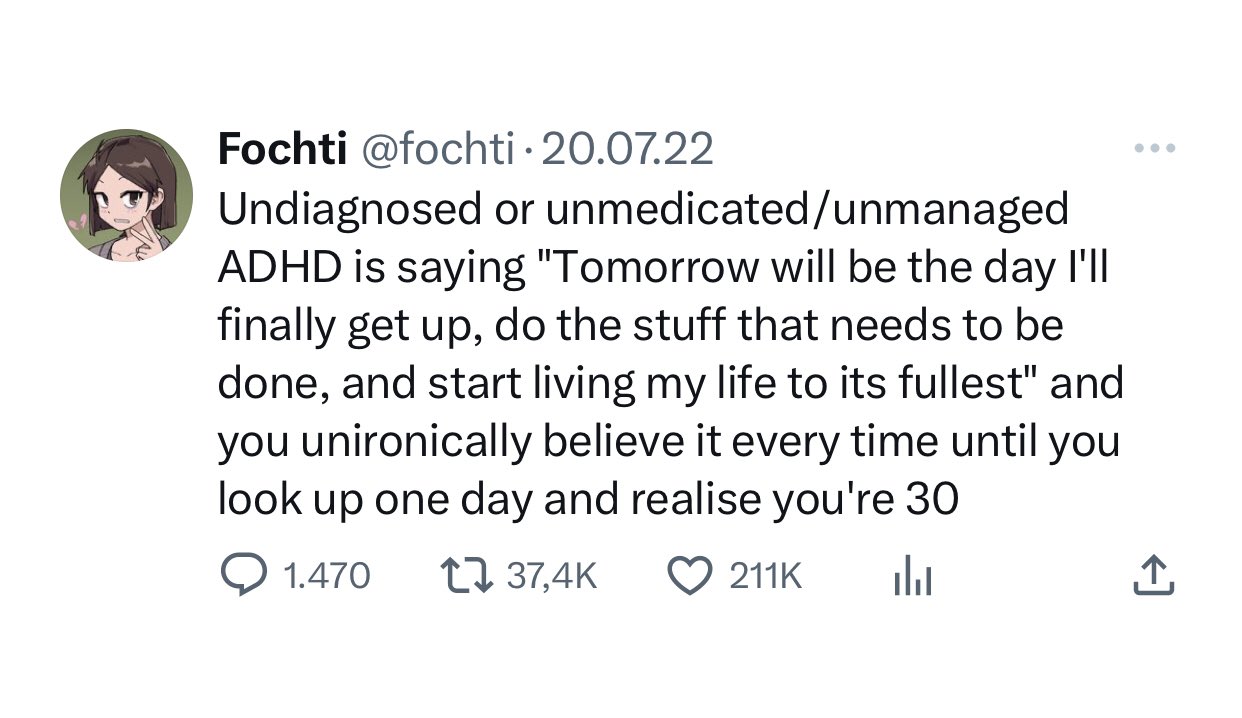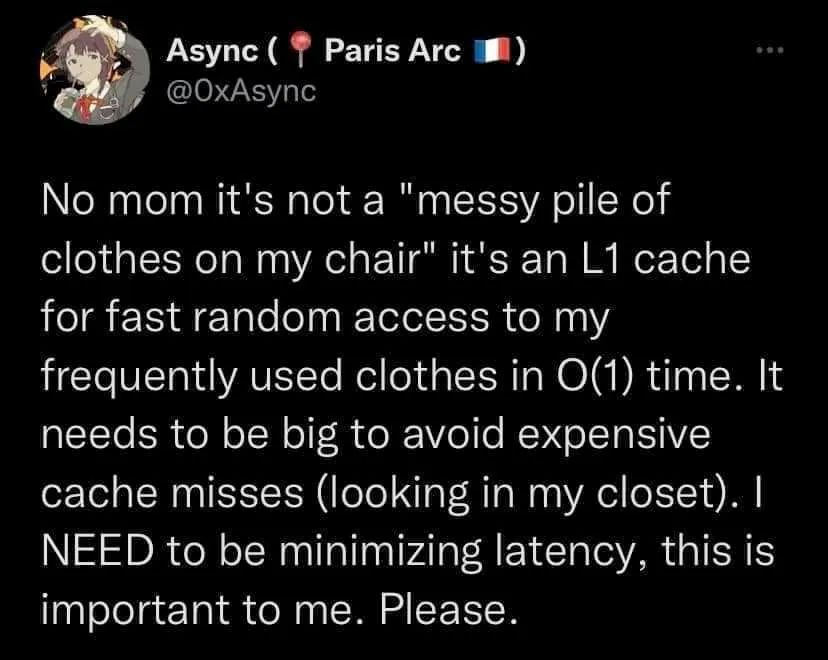I implemented it. The feature will be available right from the start. The bot will reply this if the user has disabled it:
🔒 The author of this post or comment has the #nobot hashtag in their profile. Out of respect for their privacy settings, I am unable to summarize their posts or comments.





3.5 is also really good, but I've been using GPT-4 for almost everything since it became available. 3.5 hallucinates more often but I used it a lot before April, and I was really satisfied with it.